Zoo Habitats
The Detroit Zoo’s 125 acres feature award-winning attractions such as the National Amphibian Conservation Center, Great Apes of Harambee and Arctic Ring of Life. The newest attraction – the 33,000-square-foot Polk Penguin Conservation Center – is the largest facility for penguins in the world. Expansive, naturalistic habitats are home to more than 2,000 animals representing more than 200 species of amphibians, mammals, birds and reptiles.
African Forest
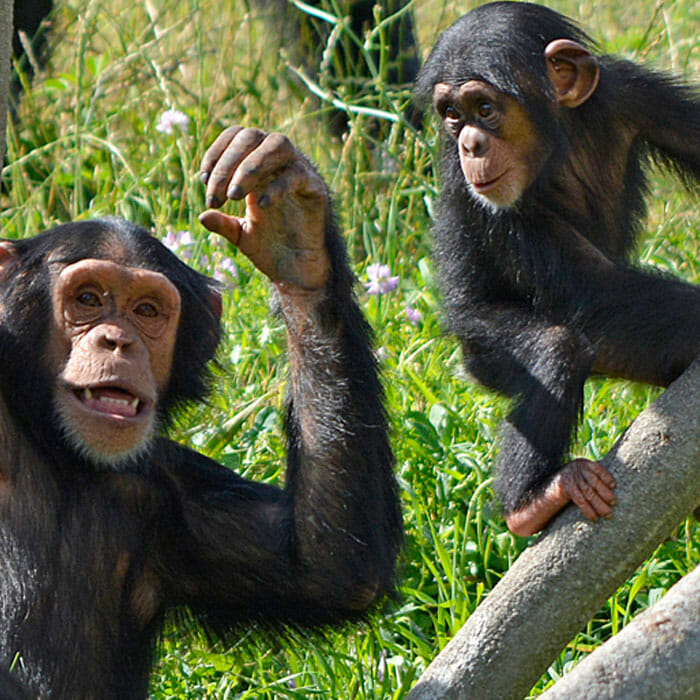
Located near the Arctic Café on the northwest side of the Zoo, the African Forest is home to several species of must-see African natives, including the residents of the Great Apes of Harambee – chimpanzees and gorillas – and birds such as cranes, flamingos, spoonbills and vultures.
African Grasslands

The African Grasslands in the Zoo’s northwest corner provides an environment for learning about the diverse, adaptable species of the vast African Savannah. Warthogs help tell the story of this important biome, and are joined by the reticulated giraffes, Grevy’s zebras, white rhinoceroses, lions, African birds and aardvarks.
American Grasslands
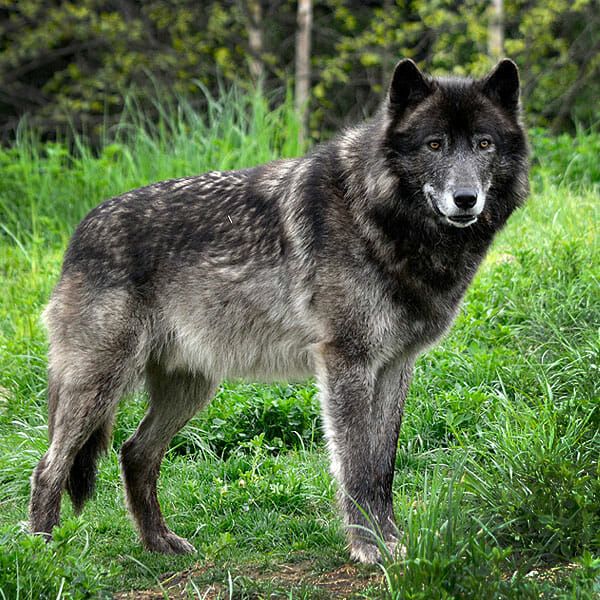
The American Grasslands runs along the southwest border of the Zoo, and features fascinating animals from both North and South America, including the Cotton Family Wolf Wilderness, grizzly bears, the Barn, anteaters, wolverines, bald eagles and Chilean flamingos.
Arctic Ring of Life

The Arctic Ring of Life is one of North America’s largest polar bear habitats. This state-of-the-art, interactive facility encompasses more than 4 acres of outdoor and indoor spaces.
Asian Forest
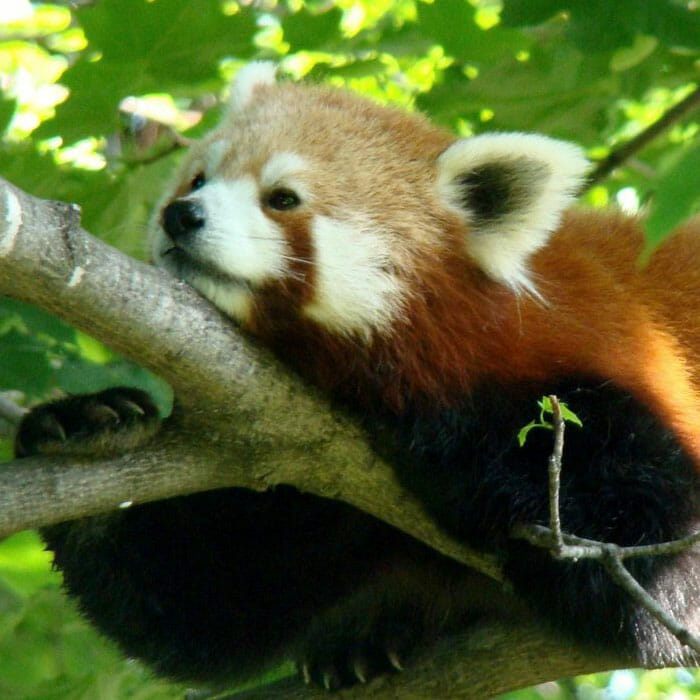
Located on the north side of the Zoo near the Red Panda Picnic Site, the Asian Forest is home to red pandas, Amur tigers and Japanese macaques.
Australian Outback Adventure

The Australian Outback Adventure is home to a mob of seven kangaroos and their close cousins, two red-necked wallabies. Visitors can get face-to-face with the marsupials from right inside this immersive habitat, traveling along a winding path, while the animals are free to bound and graze wherever they please.
Butterfly Garden
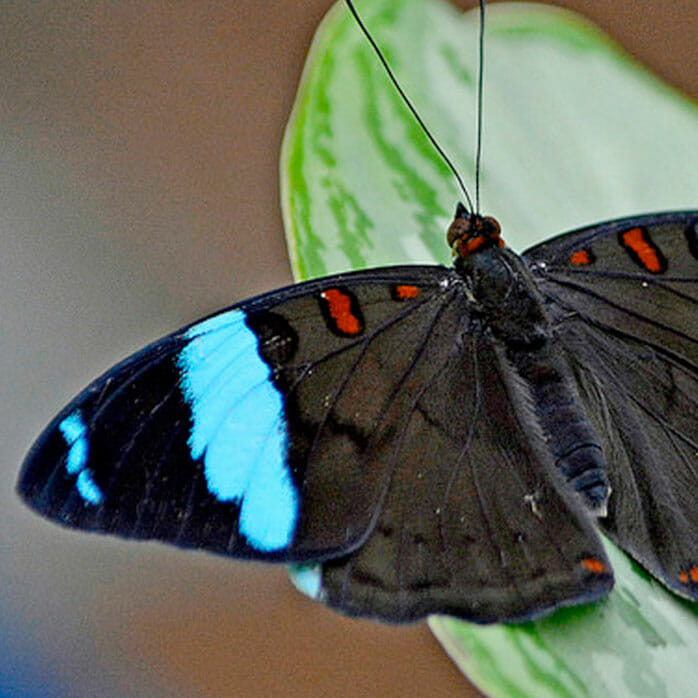
The beautiful Butterfly Garden, inside the Detroit Zoo’s Wildlife Interpretive Gallery, houses hundreds of free-flying butterflies. Approximately 25 species can be observed engaging in many of their natural behaviors, including feeding on flower nectar or ripe fruit and basking in the sunlight. The garden is kept at a balmy 75 degrees Fahrenheit, the optimal temperature for the butterflies to take flight.
Cotton Family Wolf Wilderness

The Cotton Family Wolf Wilderness is located in the southwest corner of the Detroit Zoo, near the Australian Outback Adventure. This 2-acre naturalistic habitat features grassy hills and meadows, native Michigan trees, a flowing stream and pond, dens and elevated rock outcroppings where the wolves can survey their surroundings.
Edward Mardigian Sr. River Otter Habitat
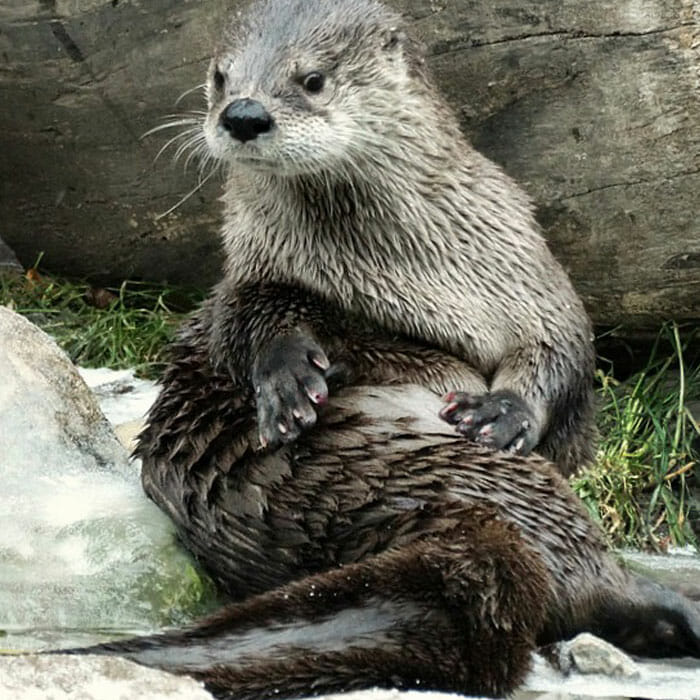
The Edward Mardigian Sr. River Otter Habitat provides a naturalistic environment for the river otters. A 9,000-gallon aquatic area includes an outdoor oasis complete with a sandy beach and a flowing stream as well as a waterfall and waterslide.
Great Apes of Harambee
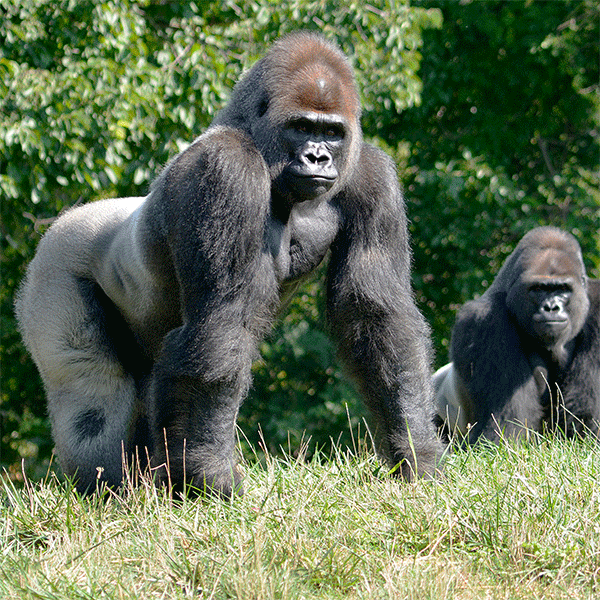
The Great Apes of Harambee is a lush, 4-acre naturalistic habitat located in the Zoo’s African Forest and home to four gorillas and a troop of 12 chimpanzees.
Holden Reptile Conservation Center

From the Mexican lance-headed rattlesnake to the Chinese alligator to the McCord’s box turtle, the Holden Reptile Conservation Center is home to 150 reptiles representing 70 species, of which 39 percent are considered threatened or endangered in the wild.
Matilda R. Wilson Free-Flight Aviary
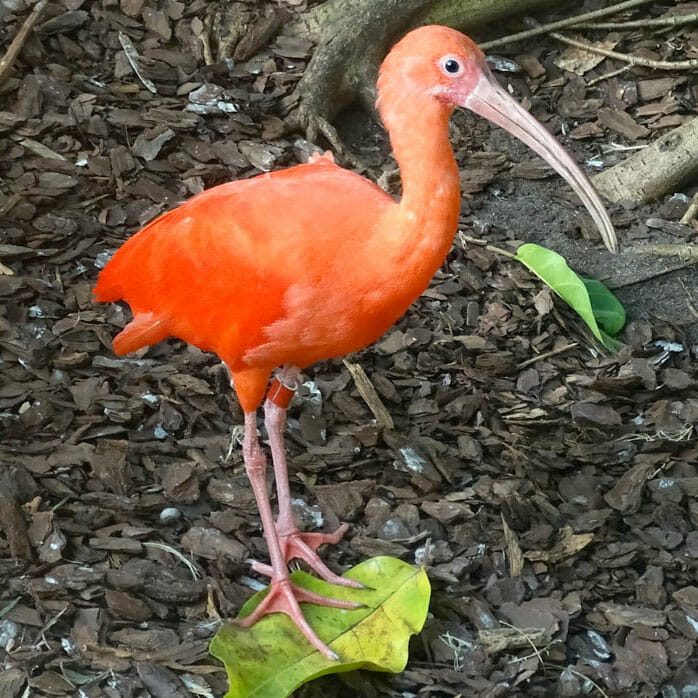
In the Matilda Wilson Free-Flight Aviary, more than 20 species of birds are free to fly, walk, or swim among the cover of lush tropical plants in a warm and inviting climate.
National Amphibian Conservation Center
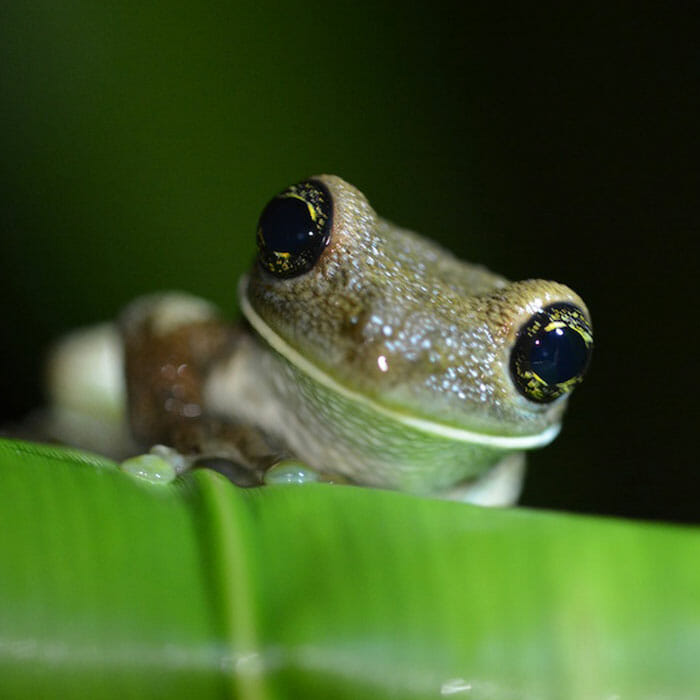
The National Amphibian Conservation Center features more than a thousand fascinating amphibians in spacious, naturalistic exhibits and highlights the critical role these creatures play in the environment. The award-winning facility is home to a spectacular diversity of frogs, toads, salamanders, newts and caecilians.
Polk Penguin Conservation Center

The Polk Penguin Conservation Center is the largest and most extraordinary center for penguins in the world. Among the most spectacular features of the 33,000-square-foot facility is a 326,000-gallon, 25-foot-deep aquatic area where visitors can watch as more than 75 penguins of five species explore their habitat and deep-dive – something that is otherwise impossible to see, even in the wild. Two acrylic underwater tunnels provide breathtaking views of the birds as they swim above and around – and even below.
Wildlife Interpretive Gallery
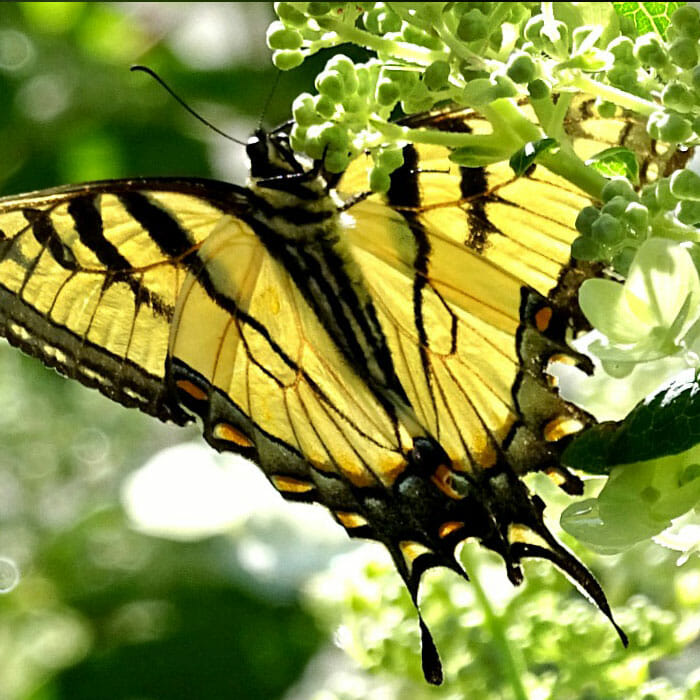
Located in the Detroit Zoo’s oldest building, the Wildlife Interpretive Gallery houses the Butterfly Garden, Free-Flight Aviary, Science On a Sphere, and the DZS’s permanent fine art collection.





